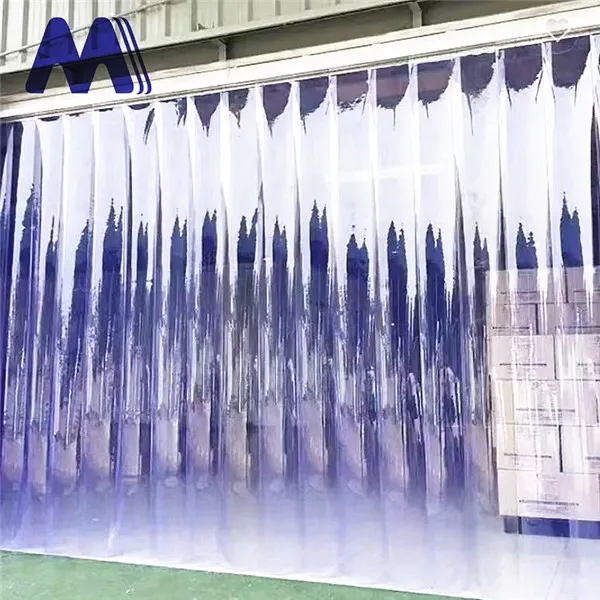- Afrikaans
- Albanian
- Amharic
- Arabic
- Armenian
- Azerbaijani
- Basque
- Belarusian
- Bengali
- Bosnian
- Bulgarian
- Catalan
- Cebuano
- Corsican
- Croatian
- Czech
- Danish
- Dutch
- English
- Esperanto
- Estonian
- Finnish
- French
- Frisian
- Galician
- Georgian
- German
- Greek
- Gujarati
- Haitian Creole
- hausa
- hawaiian
- Hebrew
- Hindi
- Miao
- Hungarian
- Icelandic
- igbo
- Indonesian
- irish
- Italian
- Japanese
- Javanese
- Kannada
- kazakh
- Khmer
- Rwandese
- Korean
- Kurdish
- Kyrgyz
- Lao
- Latin
- Latvian
- Lithuanian
- Luxembourgish
- Macedonian
- Malgashi
- Malay
- Malayalam
- Maltese
- Maori
- Marathi
- Mongolian
- Myanmar
- Nepali
- Norwegian
- Norwegian
- Occitan
- Pashto
- Persian
- Polish
- Portuguese
- Punjabi
- Romanian
- Russian
- Samoan
- Scottish Gaelic
- Serbian
- Sesotho
- Shona
- Sindhi
- Sinhala
- Slovak
- Slovenian
- Somali
- Spanish
- Sundanese
- Swahili
- Swedish
- Tagalog
- Tajik
- Tamil
- Tatar
- Telugu
- Thai
- Turkish
- Turkmen
- Ukrainian
- Urdu
- Uighur
- Uzbek
- Vietnamese
- Welsh
- Bantu
- Yiddish
- Yoruba
- Zulu
curtain wall
The Evolution and Significance of Curtain Walls in Modern Architecture
The concept of the curtain wall, a non-structural cladding system for the exterior walls of buildings, has revolutionized modern architecture since its inception. Originating in the late 19th century, curtain walls emerged as a response to the rise of tall buildings and the need for lighter, more flexible façade systems. By separating the building's interior structural framework from its exterior skin, curtain walls have significantly influenced architectural design, aesthetics, and energy efficiency.
Historical Context
The first significant use of curtain wall technology can be traced back to the early skyscrapers, notably with the 1908 use of a steel frame in the Flatiron Building in New York. This innovation allowed for larger windows and a lighter exterior compared to traditional load-bearing walls. However, it was not until the 1930s that the curtain wall system truly flourished as architects began to experiment with metal and glass. The Lever House, completed in 1951, became a landmark example, showcasing the sleek, modernist aesthetic that would define mid-20th-century architecture.
Design and Materials
The curtain wall system typically consists of a lightweight frame filled with infill panels of glass, metal, or other materials. This allows for a high degree of flexibility in design, enabling architects to create facades that are not only visually striking but also functional. The use of glass has been particularly impactful, allowing natural light to permeate interior spaces, enhancing the ambiance and reducing the need for artificial lighting.
Moreover, advancements in materials science have led to the development of energy-efficient glazing technologies, including double-glazed and triple-glazed units that provide better thermal insulation and reduce solar heat gain. These innovations are essential in combating the energy demands of contemporary buildings amidst growing environmental concerns.
Aesthetic Impact
From the stark glass facades of corporate skyscrapers to the colorful, textured exteriors of cultural institutions, curtain walls have expanded the creative potential of architects. Structures like the Guggenheim Museum Bilbao or the Burj Khalifa demonstrate how curtain walls can transcend mere functionality to become iconic elements of urban landscapes. This adaptability has allowed architects to explore diverse styles, breaking away from the conventional brick-and-mortar approach to building design.
curtain wall

The transparency afforded by curtain walls also fosters a sense of connection between the interior spaces and the surrounding environment
. Transparency blurs the boundaries between inside and outside, inviting natural elements into the built environment and encouraging occupants to engage with their surroundings.Structural Considerations
While curtain walls are primarily non-structural, they do play a crucial role in the performance of a building. They must withstand various environmental loads, including wind pressure, seismic forces, and thermal expansion. Thus, proper engineering is essential to ensure that they are securely anchored to the structural frame. The complexity of these systems has led to the rise of specialized fabricators and contractors who focus solely on the design and installation of curtain walls.
Sustainability and Future Trends
In recent years, sustainability has become a driving force behind architectural decisions, and curtain walls are no exception. The integration of green technologies, such as photovoltaic panels and green walls, into curtain wall designs is becoming increasingly popular. These innovations not only enhance the aesthetic appeal of buildings but also contribute to their energy efficiency and overall sustainability.
Additionally, the future of curtain walls may involve the adoption of smart technologies. Sensors that can adjust shading or thermal performance in response to environmental conditions are being explored, further increasing the energy efficiency of buildings and creating more dynamic environments for occupants.
Conclusion
The curtain wall represents a significant advancement in architectural design, marrying aesthetics with functionality in ways that have transformed urban landscapes. As we move into an era of increasing environmental awareness, the curtain wall will continue to play a pivotal role in shaping the future of architecture, responding to both aesthetic aspirations and the pressing need for sustainable design. With ongoing innovations in materials and technology, the potential for curtain walls is limitless, suggesting a bright and dynamic future for this essential architectural element.
-
PVC Strip Curtains Durable Faltvorhang & Türrollen aus PVCNewsMay.19,2025
-
Industrial & Commercial Freezer Curtains Energy-Saving Cold Storage SolutionsNewsMay.18,2025
-
Clear Garage Door Curtains Durable, Energy-Saving PVC Strip SolutionsNewsMay.18,2025
-
China Style Curtains Hangers - Durable & Elegant Home Decor SolutionsNewsMay.18,2025
-
Anti-Static PVC Rollenblatt Strip Curtains Durable & Static-FreeNewsMay.17,2025
-
Industrial PVC & Vinyl Strip Curtains Thermal Insulation & Pest ControlNewsMay.17,2025



